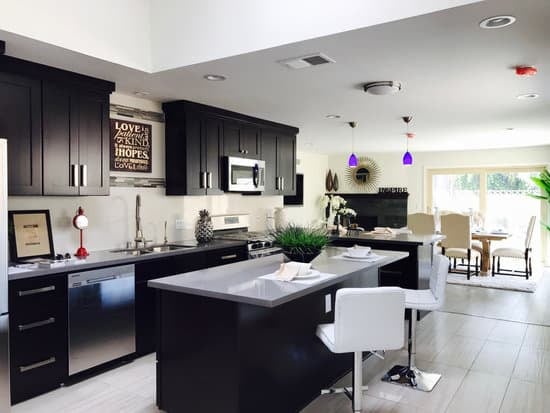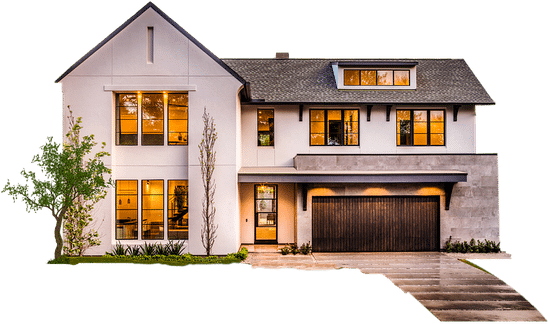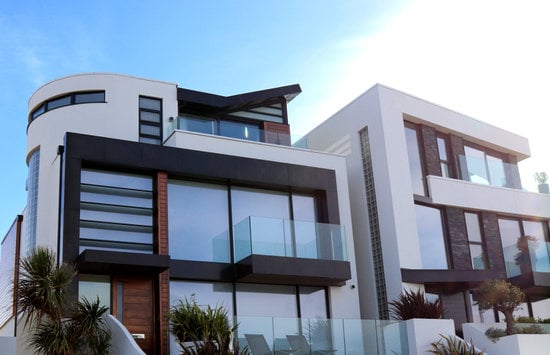When starting a landscaping project, the first and most important thing you should do is determine your landscape needs and wants. Creating a list of desires and needs will guide your landscape design decisions and ensure that you achieve your goals and dreams for your outdoor space. To help you get started and make the most of your landscaping efforts, here are some helpful tips:
Think About Location: Take note of the patterns of wind and sun in your area. This information will help guide your plant selection and placement in your landscape.
Spend Time in Your Landscape: Walk around your yard and take notice of what areas feel comfortable and what areas need improvement. This will give you an idea of what areas need more attention or focal points.
Start Small: Begin with a manageable project that you can work on over time. Creating a small flower bed or adding a new tree to your garden are great ways to start.
Find a Focal Point: A focal point creates visual interest and draws the eye to a specific area in your landscape. This could be a statue, a tree, or a water feature.
Focus on Scale and Pacing: Choosing plants and hardscaping elements that are the right size and proportion for your space will help create a cohesive and visually appealing landscape.
Be Open to Change: Your landscape will change over time, and your needs and wants may change as well. Being open to making changes and adjustments will ensure that your landscape continues to grow and evolve with you.
So, keep these tips in mind when starting your landscaping project, and remember that landscaping should be a fun and enjoyable journey, not just a destination.




















